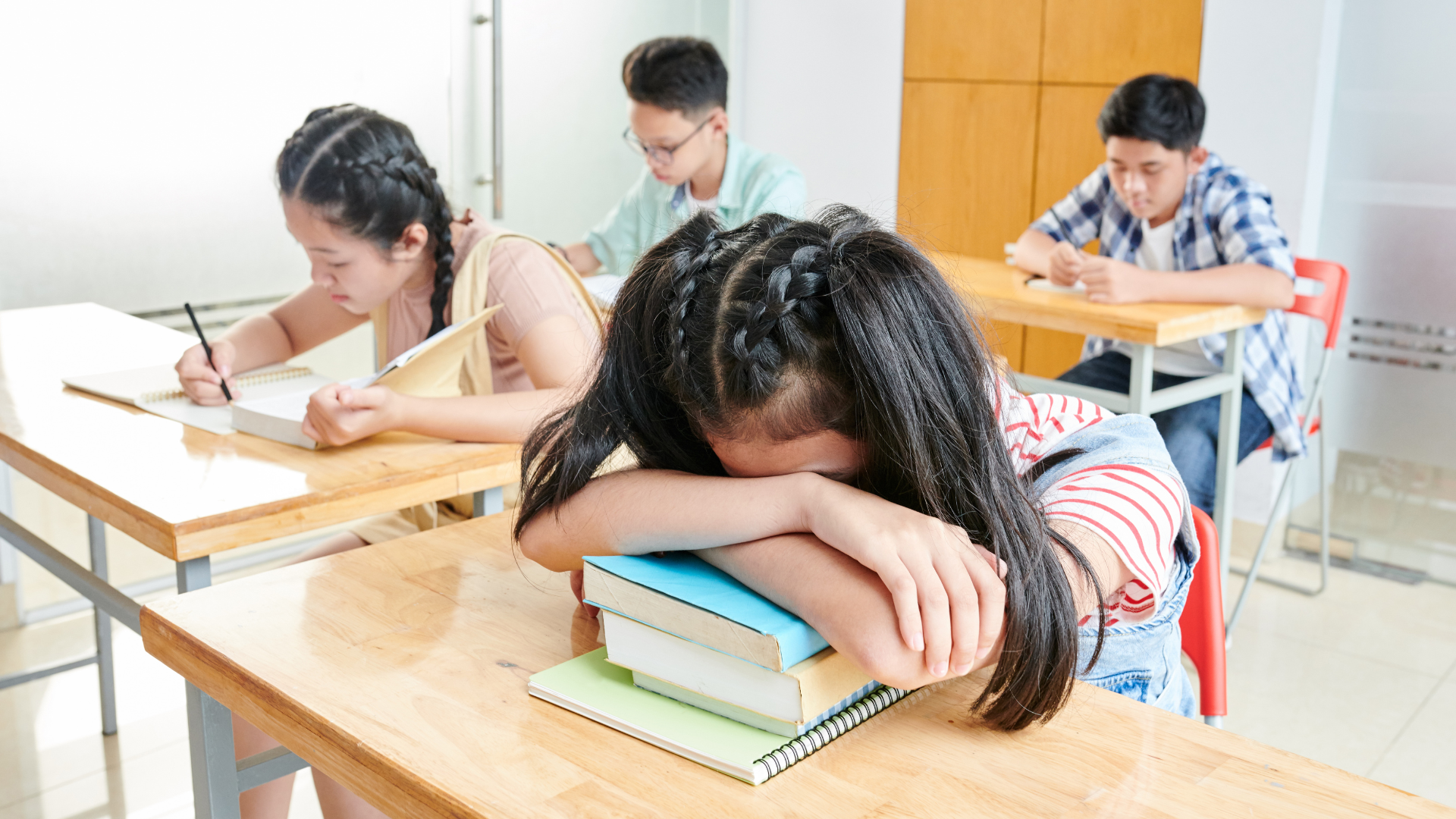Zero Tolerance: Not a Good Strategy for School Discipline
Zero Tolerance policies were enacted under the best of intentions: to keep students safe. But should good intentions be the foundation for school discipline strategies?
The reality about education is that it’s an emotionally high stakes game, with the safety and welfare of our students as the main motivator in many decisions.
Therefore, it’s only natural that educators and administrators approach the creation of new behavior policies with a bit of an emotional bias, intentional or otherwise.
This leads to policies based on good intentions rather than best practices.
We often neglect measuring the outcomes of our policies — specifically when it comes to student discipline — for fear our methodology isn’t working anymore (if it ever had).
Movements in education that started as good intentions and have never been challenged by studied analysis become monolithic systems that are almost impossible to dismantle.
In a brief released by Child Trends, a child rights’ advocacy group, this is exactly what happened with zero tolerance.
Zero tolerance policies were instituted initially to eliminate violence from school campuses and avoid tragedies like Columbine High School:
“In response to highly publicized violent incidents in schools, such as the Columbine High School massacre, school disciplinary policies have become increasingly severe. These policies have been implemented at the school, district, and state levels with the goal of ensuring the safety of students and staff. Many of these policies have one component in common: zero tolerance.”
It started with a good intention: ensure the safety of children, teachers, and administrators. But after being instated, the severe discipline policy has been largely left unchecked.
“While it is clear that protecting the safety of students and staff is one of school leaders‘ most important responsibilities, it is not clear that zero tolerance policies are succeeding in improving school safety. In fact, some evidence based on non-experimental studies suggests that these policies actually may have an adverse effect on student academic and behavioral outcomes.”
Why is it so hard to change, even in the light of good evidence?
Because our children are involved, the stakes are high, and it’s scary to try new things. However good the intentions were for zero tolerance, it’s becoming clear that it brings with it a slew of unintended consequences.
An analysis of Education Department data by the Southern Poverty Law Center revealed that out-of-school suspensions have been on the rise since the 1970s. In fact, their analysis found that before 1973, fewer than 4% of students were suspended.
The rate has more than doubled since then, with out-of-school suspensions increasing by 10% since 2000 alone.
So what has been the results of this trend?
Academic performance suffers when exclusionary disciplines are meted out unchecked.
A landmark study done in Texas “found that 31% of students who were suspended or expelled repeated a grade, compared with only 5% of students who weren’t.” It also found that students who had been suspended or expelled are twice as likely to drop out.
Schools have come to rely on police departments to enforce school discipline.
From 1997 to 2007, the number of school resource officers (police officers assigned to school campuses under the direction of police authorities) increased by nearly a third, according to a report released by the Justice Policy Institute.
Rates of student incarceration have risen alongside the rates of out-of-school suspensions.
Outsourcing discipline to juvenile courts and officers in schools has resulted in 92,000 students arrested in school during the 2011–12 school year, according to Department of Education statistics. This rising trend of students being “referred to” the criminal justice system by harsh school disciplinary procedures has been aptly named the school-to-prison pipeline.
Sadly, the majority of these arrests were due to minor infractions. According to a report published by the state courts, 74% of arrests in New York City public schools were for misdemeanors or civil violations.
The Southern Poverty Law Center analysis cited a study done by Robert Balfanz of Johns Hopkins University, who scrutinized the “educational paths of over 400 individuals incarcerated in ninth grade in one major northeastern city.”
Balfanz discovered that the risk of incarceration could be seen clearly by the time the youth was in middle school. Almost every one of the youths in the study “struggled profoundly” in school.
According to Balfanz’s research, the typical ninth grader who went to prison had:
- Previously attended school only 58% of the time.
- Failed at least one quarter of their classes.
- Read at a sixth-grade level at the end of eighth grade.
Two-thirds had been suspended at least once in eighth grade.
It’s time to go beyond good intentions and move toward discipline policies that show good results.
It may be terrifying at first to relinquish old ways of doing things that have long promised to protect our students, but it’s time to look at these antiquated policies objectively to see if they’re holding up to their promises.
We’re glad to see a growing number of schools that are thinking more critically of their discipline policies and more positively of their students.
We’ve written about the amazing results schools like Crystal Lake Middle and Homestead Senior High. These Hero customers have chosen to instill school discipline procedures that focus on creating positive environments for students. In these brave schools, good behavior is rewarded, and bad behavior is confronted with the end goal of reconciliation rather than exclusion.
These schools, and others, are proving it’s possible to change our discipline policies to create a positive school environment. It’s possible to achieve safe, happy schools without Zero Tolerance policies — no matter how well-intending it is.
Share this
You May Also Like
These Related Stories

Discussing Intentional Diversity with Summit Public Schools

Recruiting a Diverse Student Body at Your School



